Officers walk the halls of old Cabramatta Police station one last time
The officers walking the halls of old Cabramatta Police station nearly two decades later had witnessed the city’s heroin epidemic, widespread prostitution and the only political assassination in Australia’s history.
Fairfield
Don't miss out on the headlines from Fairfield. Followed categories will be added to My News.
The memories came flooding back when 30 officers walked the derelict halls of old Cabramatta Police Station.
The two-storey building on Bartley Street brimmed with boxes, rubbish and wafts of dust, having sat idle and abandoned for the last 13 years.
The officers had been stationed at the precinct when it was in operation between 1986 to 2003, bearing witness to the city’s heroin epidemic, widespread prostitution and the only political assassination in Australia’s history.
Some had flown in from Thailand and Queensland, while others road tripped in from different coasts, just to farewell the building before it’s replaced with Cabra-Vale Diggers’ hotel complex.

Detective Senior Constable Stuart Cadden beelined to his old office, where he spent time working from 1995 to 2000. An employee of Cabra-Vale diggers pulled from his belt a chisel and used it to pry the ‘Detective’ sign off the door; a memento for Mr Cadden, before the building is turned to rubble.
“At the time there was a very significant drug problem (in Cabramatta),” said 49-year-old Mr Cadden. “Getting to know some young people who were addicted to heroin … after weeks and months trying to work with them, and finding them dead in a car or stairwell, that was the hardest.”
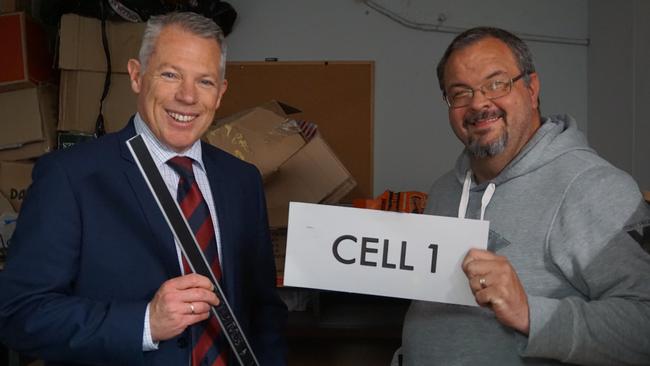
In the 18 months leading to July 1994, Cabramatta area command charged 498 people with dealing heroin, according to data submitted to a parliamentary inquiry. Another 750 were charged with holding the drug.
The epidemic was so bad that officers nicknamed the nearby Canley-Vale train station as the ‘Heroin Express’. “See that guy laying over there” in the park, said one officer, “back then, we’d have to go check if he’s alive.”
The tour continued, past quarters brimming with archive boxes, stacked furniture and simply junk, with the thirty officers ‘taking the piss’ in a way that revealed they had shared a pivotal part of Cabramatta’s criminal history.
“You never put anyone away”, one officer joked at a colleague’s expense.
“I’ve got something for you,” said another, before handing him the sign from a disabled toilet.
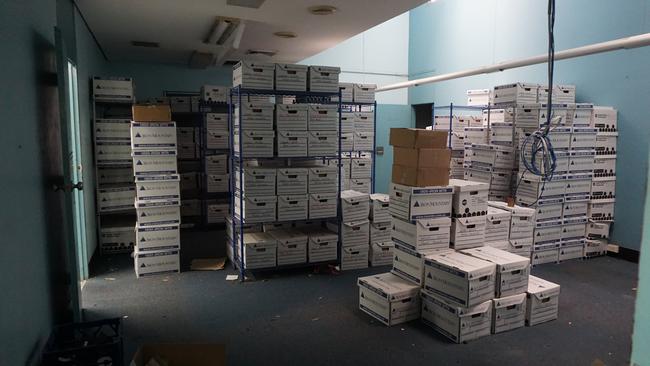
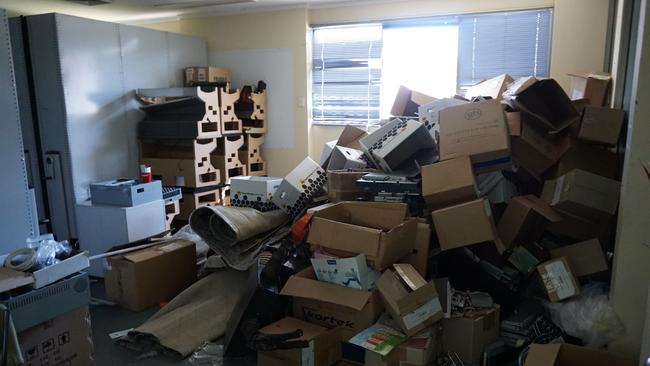
The turning point for the area came in September of 1994, when John Paul Newman, a state government politician for Labor, was shot and killed by his political opponent outside of his home in Cabramatta. It remains the only political assassination in Australian history.
“I was the second vehicle on the scene,” said Detective Chief Inspector Gary Raymond OAM. “There were already two constables there giving John CPR.”
Mr Raymond was working at Wetherill Park’s area command at the time, but he moved to Cabramatta’s shortly after, where he patrolled as a duty officer for three years until 1999.
“The government at the day hadn’t given us the resources to clean up the gangs and the heroin trade,” the 67-year-old said. “When he was murdered, they woke up to themselves.”
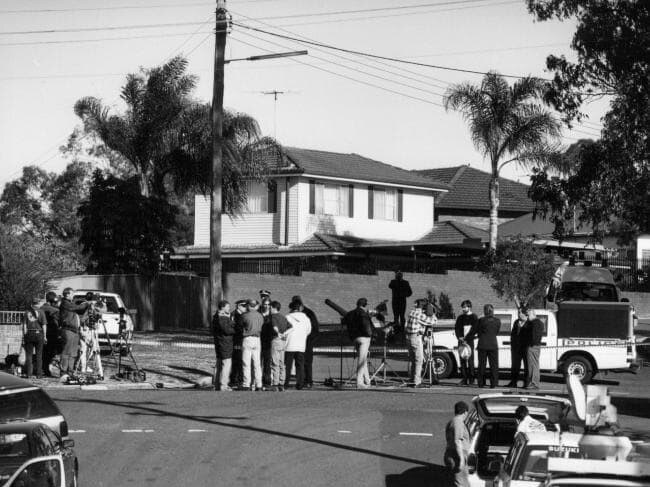

The murder of Mr Newman placed Cabramatta’s crime problem under the microscope. Together with a number of community outreach programs, the resources invested in the area helped pave the way for the Cabramatta people know and love today.
In 1995, Fairfield City Council installed approximately 15 cameras that feed 24-hour live coverage of Cabramatta’s CBD. The cameras, which cost council $400,000 a year, proved to be invaluable to police, as the footage they captured was used to secure arrests.
Then came Operation Puccini in 1997, a sting that saw an additional 20 officers – about 25% more than what Cabramatta’s local area command had – work the streets in 12-week cycles, leading to 9,454 arrets by August 2000.
“We were like family. We worked so closely together in such a dangerous environment,” said Mr Raymond. “We used to get the funny side of things too.
“I remember one drug addict sitting semiconscious on a bus seat with a milkshake like a statue. When I woke him up he spilt his milkshake all over him and he got upset, so I bought him another while he was being treated by the ambulance.”

The officers on the tour approached the holding cells. “They’ve barely changed,” one officer said.
Another walked over to a bench, where he marvelled over a plastic and metal apparatus; the tool officers used to ink people’s fingers. “I would’ve captured hundreds of fingerprints using this,” he said, again and again.
Leading the tour group in quiet reservation is Alan Leek, now 70, who as Patrol Commander oversaw Cabramatta’s 66 officers from 1991 to 1995.
“It was probably the most trying time in my career. The focus on the place was very intense,” he said. “It was very difficult going up the street to get your lunch without getting a prisoner.”
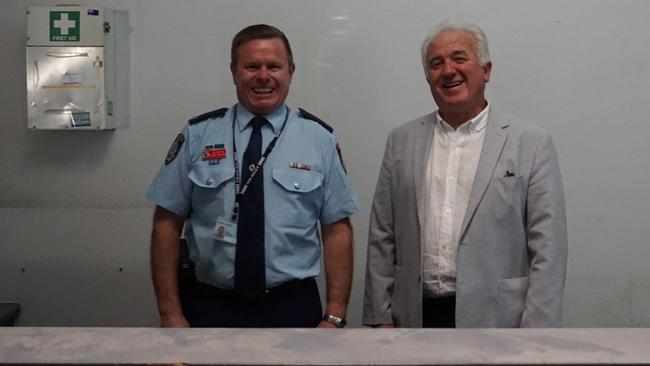
His memories are of the community, which had just taken in 2000 refugees – from Vietnam, Cambodia, Chile, El Salvador and Nicaragua – many of which were “traumatised by the torture and cruelty of their own countries”.
At the time, Cabramatta’s unemployment rate was 22% – nearly double that of NSW’s.
“These people are ready fodder for drug dealers to send out on the street to sell,” Mr Leek said.
The refugees had a distrust in law enforcement, he said, having fled countries with institutions that taught them to fear.
Each week, Patrol Commander Leek would appear on a Vietnamese talkback program on SBS radio to help the community understand that the police acted independently and with discretion – that they weren’t just the government’s muscle.
“We used to stay back 45 minutes after we went off air taking questions,” he said. “We forged terrific relationships with the communities … we put a lot of work into establishing trust.”
Officers attended as many community events as possible. When Mr Leek attended, he made a choice: his firearm wouldn’t come with him.
“It was the most challenging area to work,” Mr Leek said. “I’ve always sought to work in busy places. Cabramatta stood out because it was under the microscope so often.”

When old Cabramatta police station is knocked down in early October, it’ll be to make way for developments being built by Cabra-vale Diggers. The club’s bowling greens will be moved to Bartley Street so that a 12-storey, 140-room hotel complex donning the Novotel brand can be built.
Yet another marker that the area has changed.
“I just felt a warmth about the terrific people there,” Mr Leek said, on walking through the precinct one final time. “I could never have achieved anything there if I didn’t have terrific people.”
